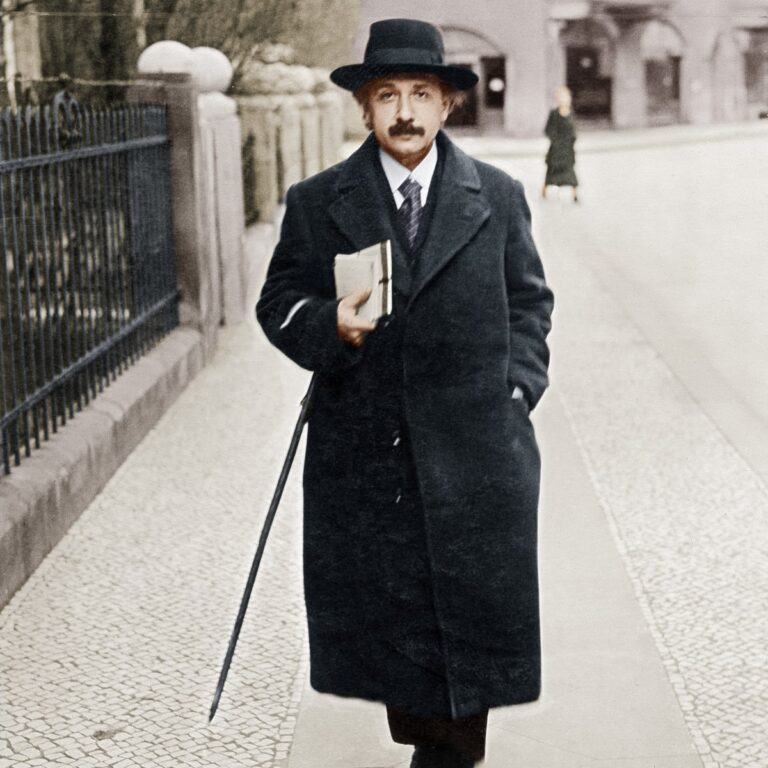Collaborative Acceleration: NTT Research and Tohoku University join forces to speed development of Coherent Ising Machines.
Single-Photon Performance: New CIM uses one photon per pulse, showing superior success probabilities over conventional models.
Scalable HPC Integration: Tohoku GSIS optimizes parallel kernels and cache management to reach 100 million spins.
Energy-Efficient Synergy: Hybrid quantum-classical design converts entanglement into classical correlation for low-power acceleration.
Future Outlook: PHI Lab’s Sunnyvale facility and Cyber CIM environment pave the way for industrial optimization solutions.
NTT Research and Tohoku University have teamed up to speed up development of quantum enhanced Coherent Ising Machines (CIM). The collaboration, launched in 2023, brings together the Physics and Informatics (PHI) Lab at NTT Research and the Graduate School of Information Science (GSIS) at Tohoku University. Researchers co-authored “Single photon coherent Ising machines for constrained optimization problems” in the Quantum Science and Technology journal. Their goal is to unlock large-scale CIM simulators running on high-performance computing (HPC) platforms. Consequently, they aim to solve hard NP-complete and HP-hard optimization tasks for real-world applications.
Single-Photon CIM Outperforms Conventional Models
In contrast to earlier experiments, the new CIM uses an average of one photon per pulse instead of 10^8. Researchers expected poor signal-to-noise ratio and unstable amplitude storage at such low light levels. However, numerical simulations revealed superior success probabilities for the single-photon CIM over conventional models. The team demonstrated that quantum entanglement between internal and extracted pulses converts into robust classical correlations. Additionally, the model excels at finding exact solutions for combinatorial clustering in unsupervised machine learning.
Scaling Cyber CIM with High-Performance Computing
Under the joint research agreement, Tohoku University will optimize vectorization and parallelization of computational kernels. They will also refine data management in the cache memory hierarchy. Furthermore, they plan to scale their cyber CIM platform to 100 million spins with sparse connectivity. For example, GSIS principal investigator Professor Hiroaki Kobayashi leads methods to map optimization problems onto an Ising model network. PHI Lab Director Yoshihisa Yamamoto adds expertise in quantum optical formalism and digital electronics integration.
Energy-Efficient Quantum-Classical Synergy
The PHI Lab mission relies on nonlinear quantum optical technologies to redesign hybrid analog-digital computers. Their aim is to build simple, efficient computing machines inspired by neural processes in biological brains. Through quantum measurement and feedback circuits, the single-photon CIM generates and immediately converts entanglement into classical correlation. Consequently, it provides an energy-efficient accelerator for stochastic differential equations describing a degenerate optical parametric oscillator (DOPO) network. Going forward, the team will pursue physical implementation and a large-scale simulation environment dubbed Cyber CIM.
Looking Ahead
NTT Research opened its Sunnyvale, Calif., facility in July 2019 to advance foundational technologies across four areas: quantum information, cryptography and information security, medical and health informatics, and artificial intelligence. Today, the PHI Lab joins three other groups at NTT Research: the Cryptography and Information Security (CIS) Lab, the Medical and Health Informatics (MEI) Lab, and the Physics of Artificial Intelligence (PAI) Group. Together, they leverage thirty percent of NTT Group’s R&D profits to drive innovation. As they move toward a physical single-photon CIM, the collaboration promises fast, accessible solutions for industrial optimization challenges.


